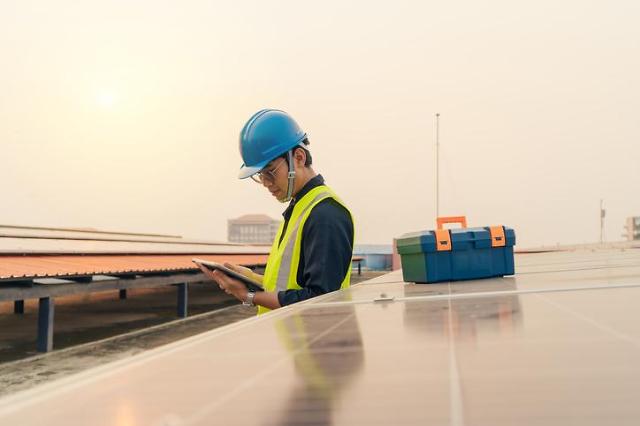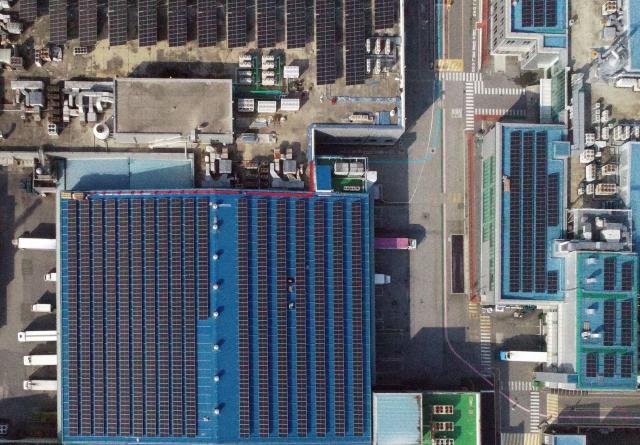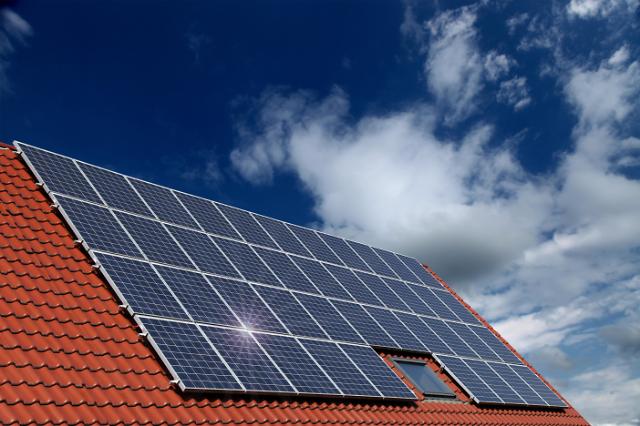
[Gettyimages Bank]
According to data released by HD Hyundai Energy Solutions, the power generation efficiency can be increased to about 26 percent from the current early 20 percent range through hetero-junction technology (HJT). The technology has a structure in which amorphous silicon is coated on single-crystal silicon. It can generate a larger amount of power per unit area compared to conventional models.
HD Hyundai Energy Solutions said in a statement that the company was selected by South Korea's industry ministry to lead the mass production project for large-surface HJT solar panels. The project will be carried out with seven other organizations including domestic parts and equipment providers and solar panel-related research institutes.
The solar power company said HJT technology is compatible with tandem cell technology that builds perovskite on top of silicon solar cells. According to HD Hyundai Energy Solutions, tandem cell technology’s power generation efficiency is higher than 30 percent. Perovskite is an alternative material to silicon wafers used in solar cells. Its crystalline structure greatly increases the efficiency and stability of converting sunlight into electricity.
Various methods have been tested in South Korea to harvest urban green energy. In April 2023, Seoul announced that the city would subsidize up to 80 percent of the installation costs for building-integrated photovoltaics (BIPVs) through a one billion won ($747 million) project. BIPVs are used to integrate solar cells into the walls of a building. BIPVs can be formed in different ways such as semi-transparent window glasses with built-in solar panels and photovoltaic harvesters designed to be installed on walls and rooftops.




